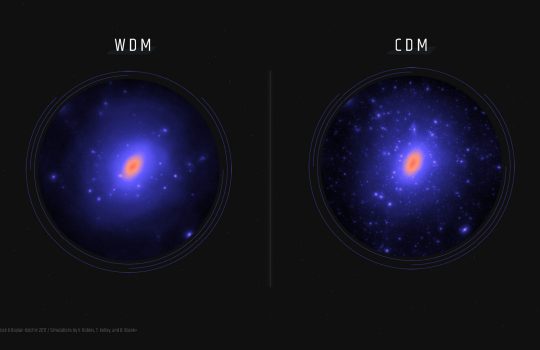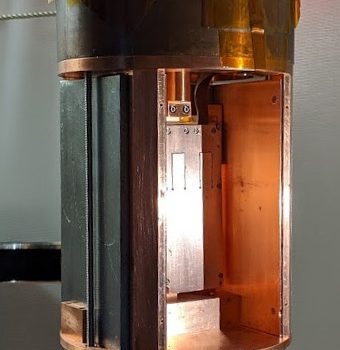With to-do list checked off, U.S. physicists ask, ‘What’s next?’
- collider
- dark matter
- Deep Underground Neutrino Experiment
- Department of Energy
- DOE
- DUNE
- future colliders
- gravitational wave
- LBNF
- Long-Baseline Neutrino Facility
- neutrino
- Snowmass
From Science, Oct. 2, 2020: As U.S. particle physicists start to drum up new ideas for the next decade in a yearlong Snowmass process they have no single big project to push for (or against). Physicists have just started to build the current plan’s centerpiece: The Long-Baseline Neutrino Facility at Fermilab will shoot particles through 1,300 kilometers of rock to the Deep Underground Neutrino Experiment in South Dakota. Fermilab Deputy Director of Research Joe Lykken and Fermilab scientist Vladimir Shiltsev comment on other possible pursuits in high-energy physics.




